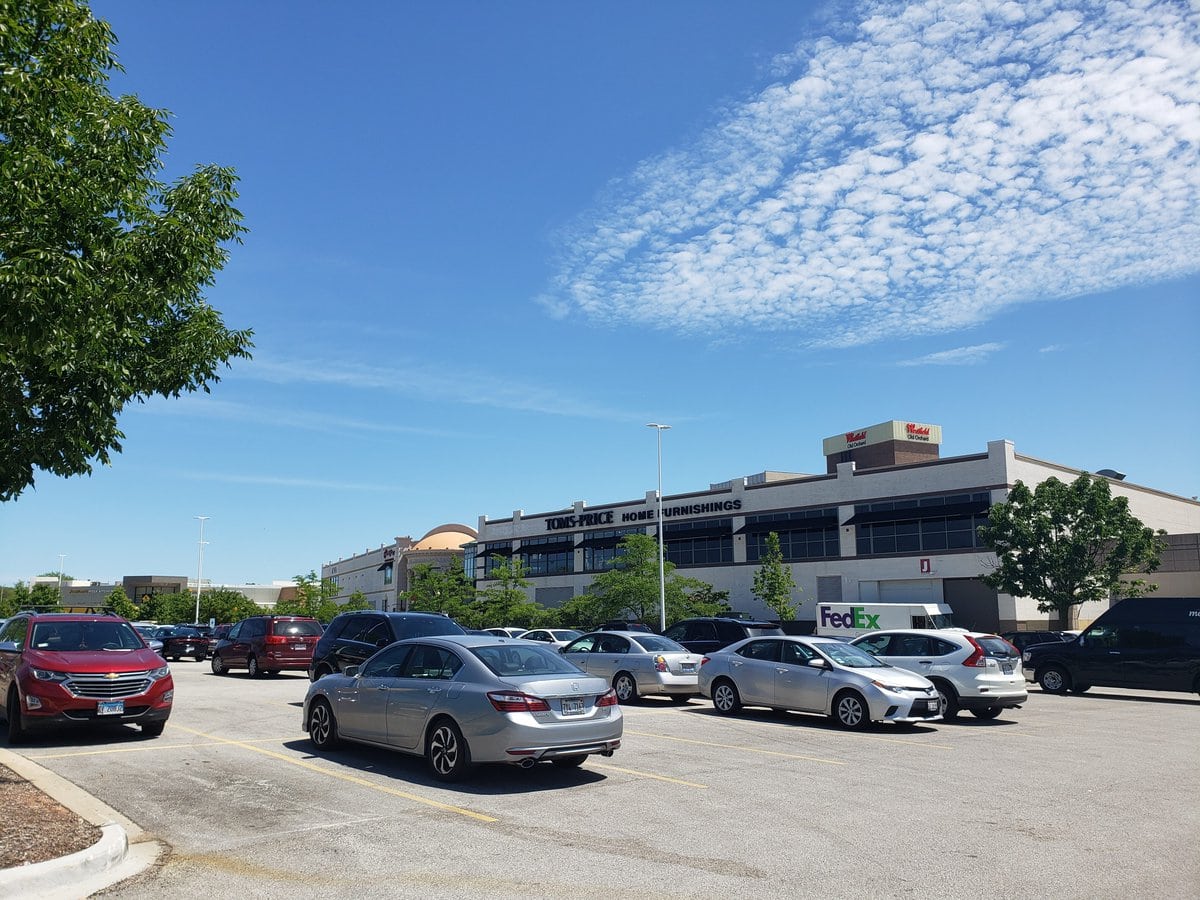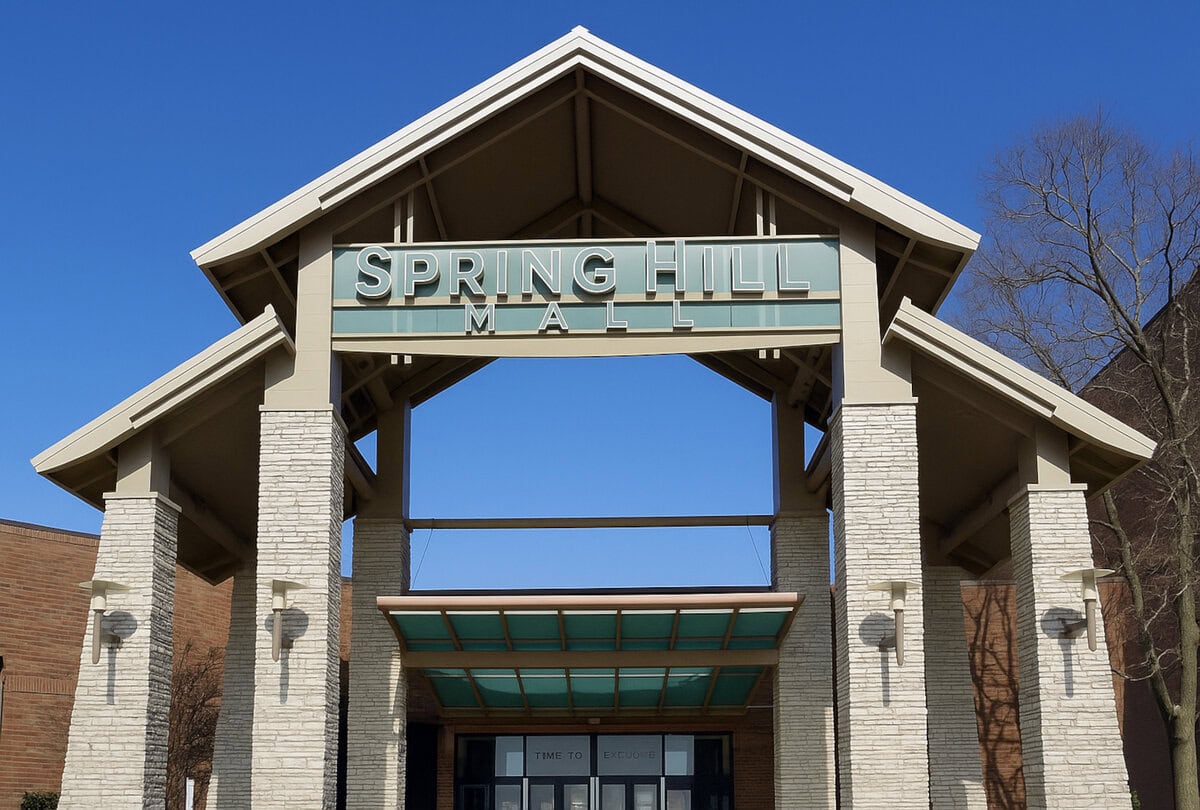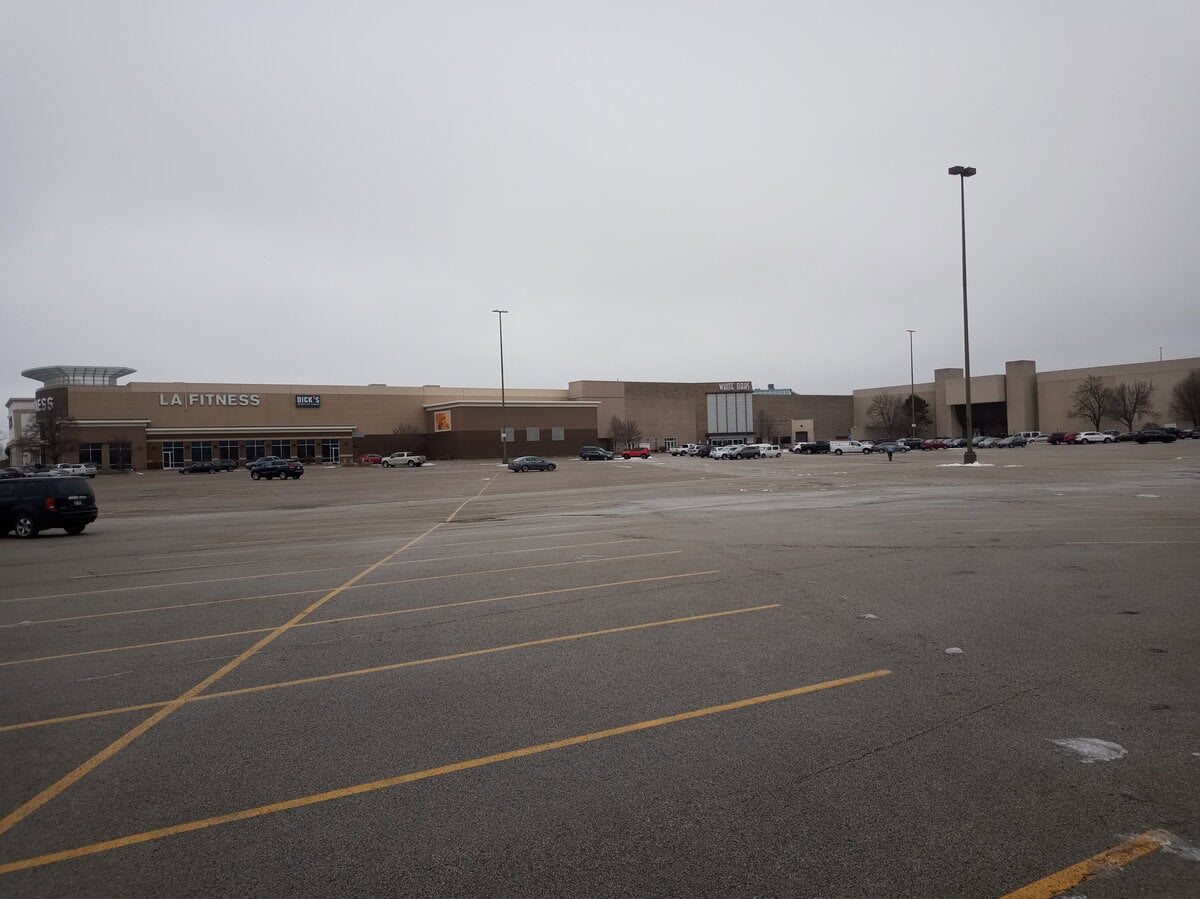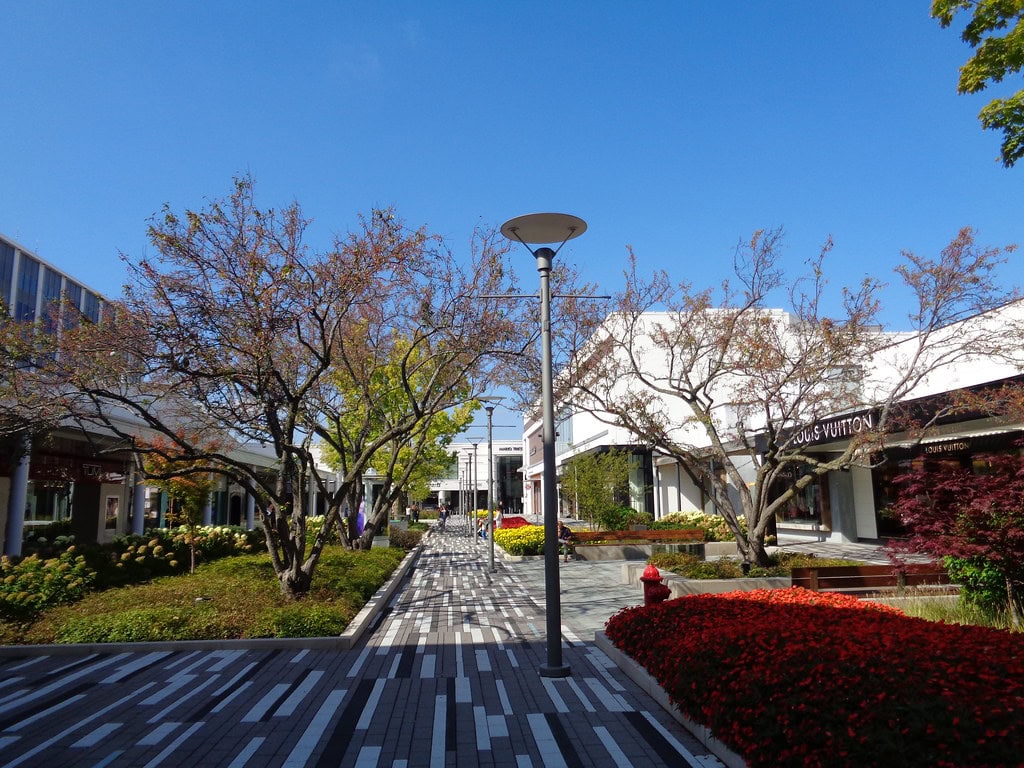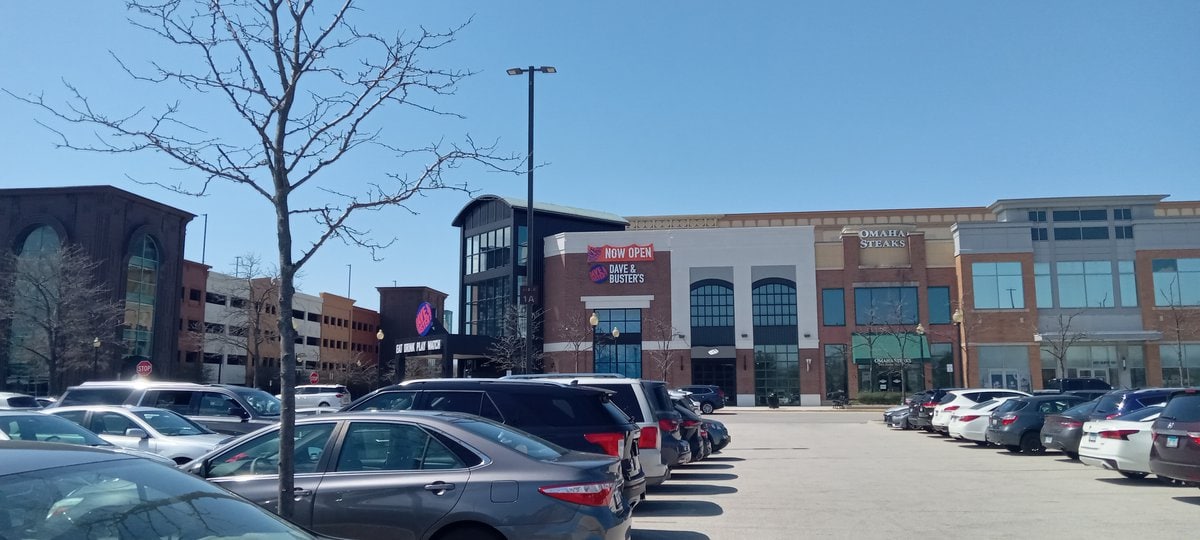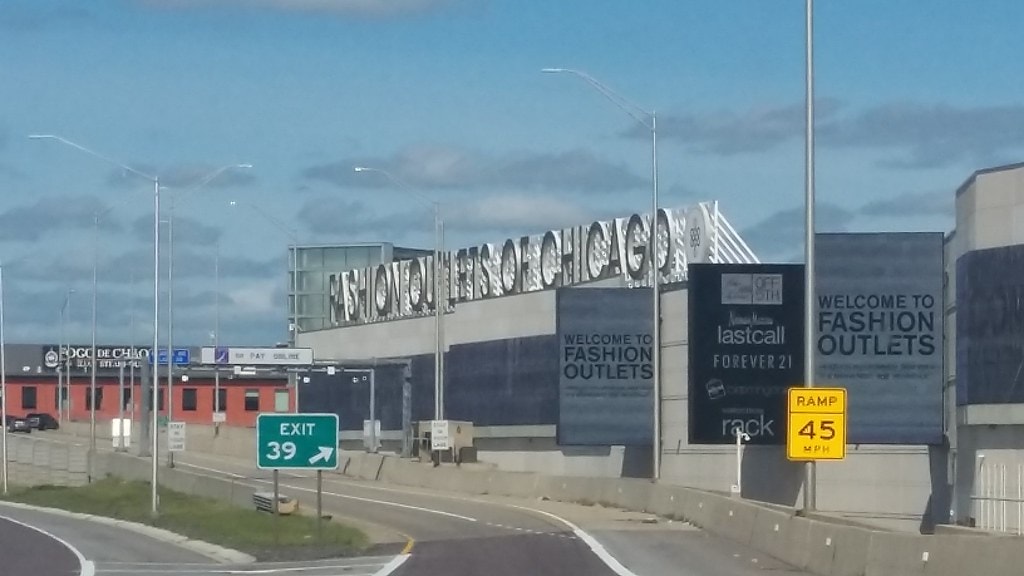From Zinc to Zenith: The Hegeler Carus Mansion Rises
On Seventh Street in LaSalle, Illinois, where the Illinois Valley meets the flat prairie, there is a mansion from another era. The Hegeler Carus Mansion, completed in 1876, covers 16,000 square feet.
It symbolizes large ambitions with seven floors, fifty-seven rooms, and a tower. This tower features a thirty-foot dome that once captured sunsets over the Illinois and Michigan Canal.
William W. Boyington, the Chicago architect who also designed the city's Water Tower, designed the mansion for Edward Carl Hegeler.
The house shows that business success can be expressed in stone, slate, and zinc.
Hegeler was born in Germany and became a successful mining engineer and zinc producer.
He had both the resources and the desire for something grand. The mansion's Second Empire style showed American optimism through its design.
It has a mansard roof covered in red and brown slate that looks like a jeweled crown. The porch wraps around three sides of the house and sits a full story above the ground.
It greets visitors with a horseshoe staircase and a stained glass fanlight colored like a late-summer sunset.
Inside, August Fiedler, a skilled German craftsman, left his mark throughout the house.
The wood floors have patterns that look like rugs, the ceilings are hand-painted with different designs for each room, and the fireplaces are so ornate that they stand out as decoration.
The basement has a German gym, which is the oldest home gym still existing in the United States. This gym is a reminder that, even during the Gilded Age, being strong was considered a sign of beauty.
An Industrial Dream: The Zinc Empire of LaSalle
Edward Hegeler's story starts in a lab. Born in Bremen in 1835 and educated in Hanover and Freiberg, he met Frederick Matthiessen while studying mining engineering.
The two young men were eager and practical. They came to America in 1857 with little more than their skills and a dream to make zinc better than anyone else.
After some failed tries in Pennsylvania, they found LaSalle, Illinois.
The town had coal, train lines, and a hopeful community. By Christmas Eve 1858, they had started building the Matthiessen and Hegeler Zinc Company.
Their timing worked out well. The Civil War soon made zinc valuable for making bullets and ammunition. By the 1880 census, Hegeler's factory had nearly six hundred workers.
This made it one of the largest in the country. New inventions, such as the Hegeler Retort Furnace and the first American machine for rolling sheet zinc, helped the company become a world leader.
Zinc was used throughout the mansion, including in the gutters, pipes, and roof. This showed off a material that would not rust, even if human dreams sometimes do.
By the mid-1870s, his business thrived. He was also raising ten children.
Hegeler chose to build a home that reflected both his success and his passion for learning. The mansion was constructed when the company also began producing acid.
This was an early effort to make industry more responsible, even before that idea was common. The house was designed for ideas as much as for comfort.
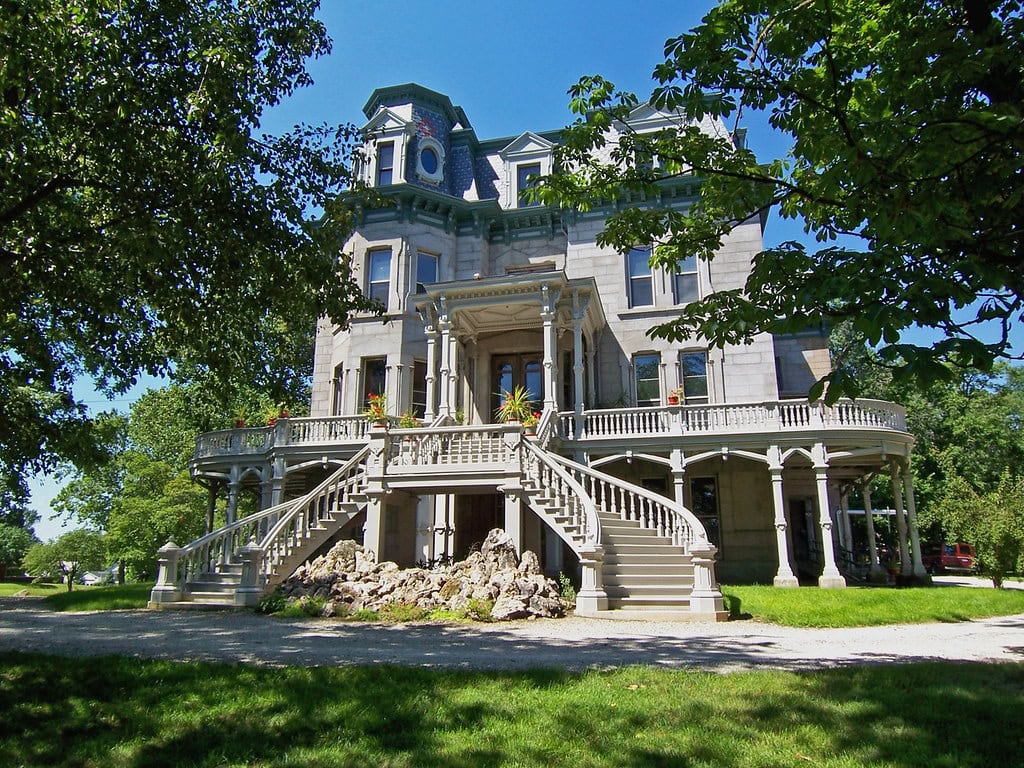
A Household of Minds: Open Court and the Religion of Science
In 1887, Hegeler shifted his focus from metalworking to philosophy and religion. After he was financially secure, he started the Open Court Publishing Company on the mansion's ground floor.
It was one of the first American publishers dedicated to philosophy and comparative religion.
He hired another German immigrant, Dr. Paul Carus, a philosopher who once described himself as 'an atheist who loves God.'
Carus soon married Hegeler's oldest daughter, Mary. She earned an engineering degree from the University of Michigan and was among the first women in America to do so.
Together, they turned the mansion into a lively center for new ideas.
Printing presses in the basement produced journals like The Open Court and The Monist. Upstairs, children studied under painted ceilings and by marble fireplaces.
Philosophy papers were edited in rooms that still smelled of cigar smoke and oil from the zinc factory.
Carus used the publishing company to introduce Eastern ideas to Western readers.
His 1894 book The Gospel of Buddha helped connect different cultures and was later translated into Japanese, Chinese, and several European languages.
D. T. Suzuki, who later became known for bringing Zen to the West, translated Carus's book into Japanese. The mansion, unexpectedly, became a center for sharing ideas worldwide.
After Edward died in 1910 and Paul in 1919, Mary took over both the publishing company and the zinc business.
When her brothers tried to sell the family business, she stopped the sale. She reorganized the company and became its president in 1903.
Mary led the company through legal battles and economic changes. In 1924, the Illinois Supreme Court confirmed her right to run the company.
She died in 1936, having kept both the press and the factory running in a time when few expected women to do so.
Continuity and Memory: A Family's Century at Home
After Mary died, her children inherited not only the mansion but also a tradition of careful stewardship. The youngest, Alwin Carus, was born in 1901.
He became the mansion's quiet caretaker. Alwin lived there for 103 years and died in 2004, just twelve days before his birthday.
Over those years, the zinc company declined, and the publishing house changed. But the house remained the same, serving as a time capsule of wood floors, zinc, and paper.
The family's long residence lasted without interruption from 1876 to 2004. This kept the mansion nearly unchanged.
The original finishes, painted designs, and furniture survived. This was not due to official preservation, but because the family left everything as it was.
The house aged naturally and slowly, much like a tree. When Alwin died, the last living connection to the 19th century was gone. Real efforts to save the mansion began after his passing.
In 1995, the Hegeler Carus Foundation officially took over the property. That same year, it was added to the National Register of Historic Places.
Twelve years later, it became a National Historic Landmark. Experts called it one of the Midwest's best examples of Second Empire architecture, a title that brought both honor and responsibility.
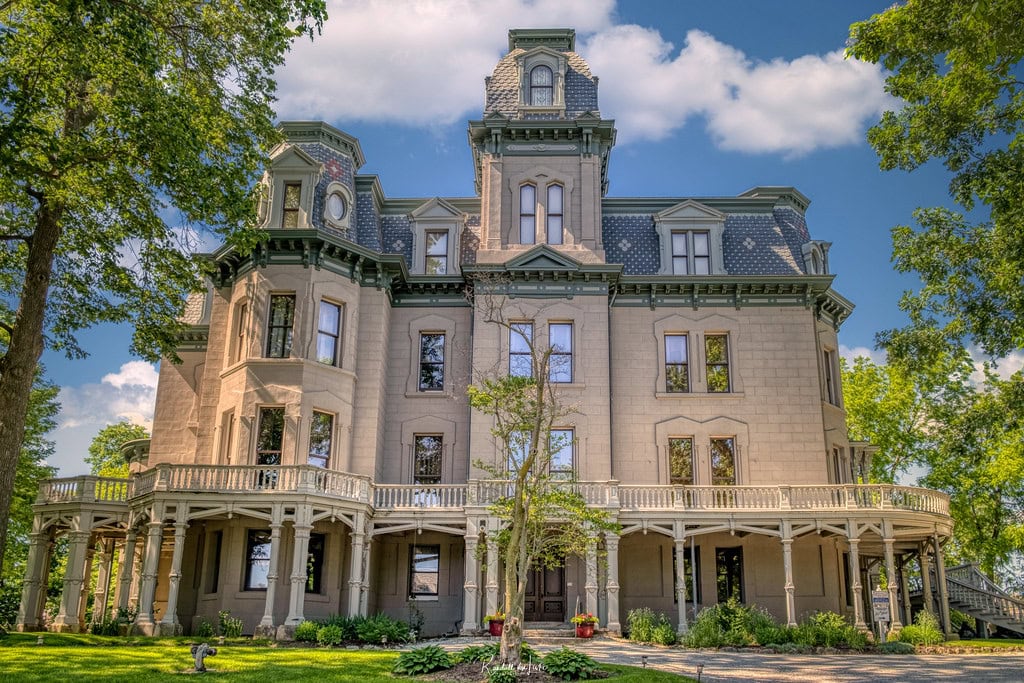
Restoring Grandeur: Preservation in the Present Tense
Today, the mansion serves as both a museum and an ongoing restoration project.
Its porch was often damaged by weather and time, but was rebuilt in 1997 using the original plans. The wood floors on the main level were recently repaired.
Now they shine under hand-painted ceilings. Guided tours last one hour for most visitors. Tours for those who want a deeper experience take two and a half hours.
Tours go from the entrance hall to the seventh-floor dome, with bottled water breaks along the way.
In 2024, the foundation launched a membership program to help cover maintenance costs.
It then partnered with the Starved Rock Country Community Foundation to create a fund for ongoing care. The following spring, the mansion reopened areas with fully repaired floors.
It also announced a partnership with the Jeffris Family Foundation and RATIO architects to create a Historic Structure Report.
This report is a building biography to guide future work. Summer concerts on the lawn now alternate with talks inside. These events keep the house as lively as its founders would have wanted.
Not every program is serious. In September 2025, the mansion promoted an immersive Halloween event called "The Mansion is NOT Haunted." In a way, it was a philosophical joke.
No ghost could compete with a century and a half of lively ideas.
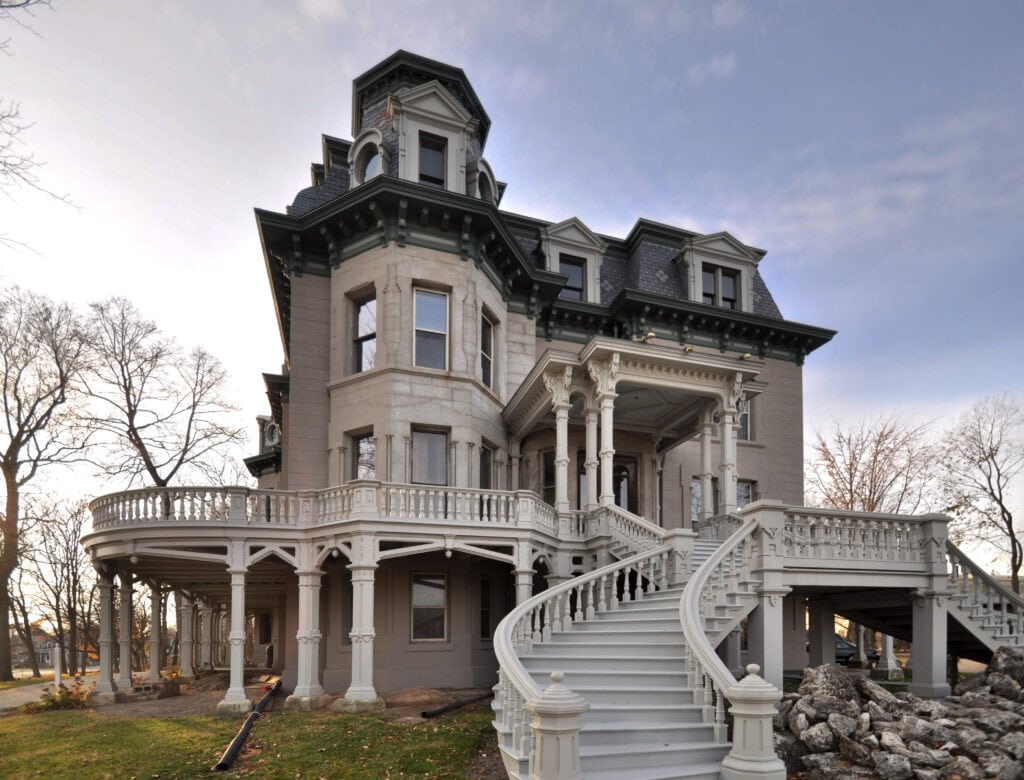
Legacy in Brick, Zinc, and Paper: The Mansion's Future
The Hegeler Carus Mansion is less a leftover from the past and more a reflection of lasting traditions.
Few houses have seen so many American experiences: immigration, industry, women's progress, and the meeting of Eastern and Western ideas.
Each floor tells a different story: the gym showing the energy of immigrants, the parlor showing home life, the office showing the power of printing.
The foundation's partnership with the Starved Rock Country Community Foundation, made official in 2025, means that taking care of the mansion will not just depend on donations or family memories.
The money earned from the fund now pays for important repairs, keeping the roof strong and the zinc gutters shiny.
Today, visitors who climb the same horseshoe staircase once used by philosophers, engineers, and editors discover a house that feels surprisingly alive.
Its rooms still echo with the buzz of ideas, the sound of chairs on wood floors, and the steady rhythm of a printing press that has long been silent.
In a town built on metal and a belief in progress, the Hegeler Carus Mansion stands as both a piece of history and a statement: it proves that even business, when guided by thoughtful ideas, can become art.

